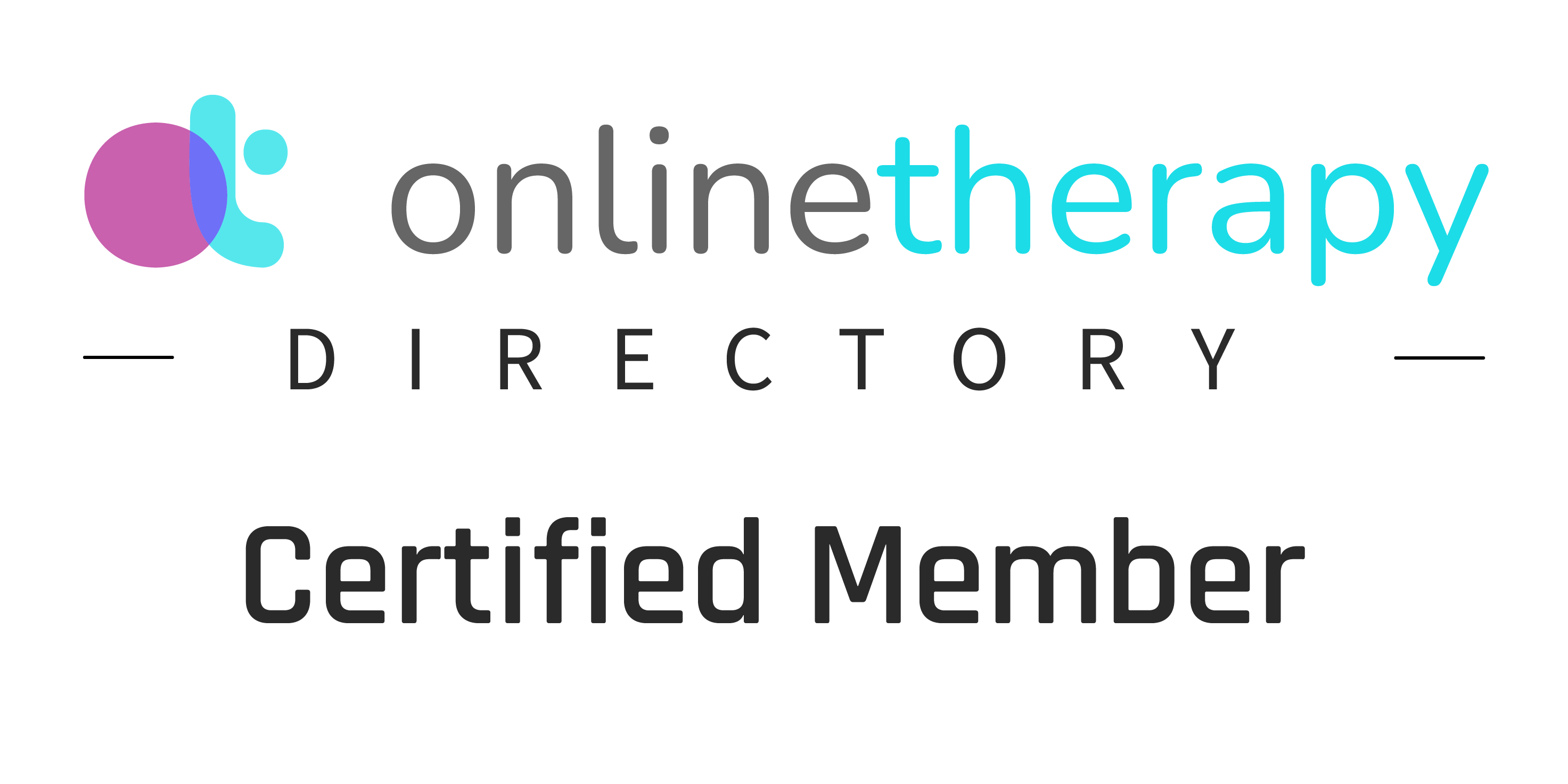Navigating Postpartum Depression: A New Drug on the Scene and My Reservations as a Maternal Mental Health Specialist
- samanthagreenlmhc
- Mar 31
- 4 min read
Postpartum depression (PPD) is a shadow that falls over too many new moms—10–15% globally, according to recent research. It’s a condition that can turn what should be a joyful time into a struggle with sadness, anxiety, and exhaustion. Recently, a study titled "Neurosteroids and Postpartum Depression: The Mechanism, Efficacy, and Approval of Brexanolone and Zurzuvae" caught my eye. Published by the American Chemical Society in 2023, it highlights two groundbreaking treatments: brexanolone (approved in 2019) and zuranolone (the first oral PPD medication, recently FDA-approved). As a maternal mental health specialist, I’m intrigued by the science and the promise these drugs hold—but I also have some deep reservations.

What the Study Says
The study explains that PPD often stems from a whirlwind of changes after childbirth:
Hormonal Shifts: Levels of mood-regulating hormones like estrogen and progesterone plummet post-delivery, potentially sparking depressive symptoms.
Brain Chemistry: Serotonin, our “happiness chemical,” can go haywire, throwing mood balance off-kilter.
Stressors: The relentless demands of newborn care, sleep deprivation, and societal pressures pile on.
Enter neurosteroids—brain chemicals like allopregnanolone (AP) that calm nerve activity via GABA receptors (the brain’s “chill switches”). After birth, AP levels drop, possibly triggering PPD. Brexanolone, an IV treatment, boosts AP fast and has shown success in easing mood, anxiety, and insomnia. Zuranolone, the new oral option, mimics AP with better absorption and a longer-lasting effect. In a Phase 3 trial, 77 women taking zuranolone (30 mg daily for 14 days) saw significant depression score improvements by day 15—effects that kicked in by day 3 and lasted to day 45. Side effects? Mild stuff like sleepiness and headaches. The FDA calls it a “breakthrough therapy,” and it’s easy to see why: a pill you can take at home beats an IV in a clinic any day.
The Implications
This is big news. For years, PPD treatment lagged behind—IV brexanolone was a step forward, but its delivery limited access. Zuranolone could reach more moms, offering rapid relief when traditional antidepressants take weeks to work. The study suggests it’s safe, effective, and user-friendly—a potential lifeline for the 13% of U.S. postnatal women grappling with PPD, a rate on par with preterm births or gestational diabetes. It’s a signal that maternal mental health is finally getting the attention it deserves.
My Reservations as a Maternal Mental Health Specialist
Here’s where I pause. The postpartum period isn’t just a medical event—it’s a profound transformation. A mother’s body, brain, and entire being are rewiring to adapt to this new role, whether it’s her first baby or her third. Hormones are shifting, yes, but so is her identity, her relationships, and her daily reality.
My biggest concern? Medications like zuranolone might mask these natural changes rather than support moms through them.
In my experience, the single biggest factor in how well a mom adjusts—or how much her depressive symptoms ease—is the support she gets from family and friends. The better the support network, the better she does. A husband who steps up, a grandma who cooks a meal, a friend who listens without judgment—these are the unsung heroes of postpartum recovery. Social support doesn’t just lift mood; it validates the chaos of early motherhood and helps her find her footing. I worry that a pill, no matter how effective short-term, might sidestep this human connection, leaving moms reliant on a chemical fix instead of building a sustainable foundation.
Disclaimer: I haven’t met anyone personally who’s used brexanolone or zuranolone. I’m keeping an open mind—science can surprise us, and I’d love to hear real stories of how these drugs play out. But I’m skeptical about their long-term efficacy compared to robust social supports. The study shows zuranolone’s effects last up to 45 days, which is impressive, but what happens after that? Does it address the root causes—hormonal, sure, but also emotional and social? Or does it just delay the inevitable need for community?
Balancing Hope and Caution
I’m not against these medications. For some moms, especially those with severe PPD where support alone isn’t enough, brexanolone or zuranolone could be a game-changer. The study’s data is compelling, and the idea of accessible relief is hard to argue with. But as a maternal mental health specialist, I’d rather see a world where we prioritize surrounding new moms with love and practical help over reaching for a prescription pad. Maybe it’s not either/or—maybe it’s both. A pill to steady the ship, paired with a village to keep it sailing.
What do you think? If you’ve tried these treatments or have a perspective as a mom or supporter, I’d love to hear it. For now, I’ll keep watching, listening, and advocating for the whole mom—body, brain, and soul.
Reference
Kargbo, R. B. (2023). Neurosteroids and postpartum depression: The mechanism, efficacy, and approval of Brexanolone and Zurzuvae. ACS Publications. https://doi.org/10.1021/acsmedchemlett.3c00388
Disclaimer: This article is not medical advice. It is an opinion piece intended for educational purposes only. The views expressed reflect the author’s perspective as a maternal mental health specialist and are not a substitute for professional medical guidance. Always consult a qualified healthcare provider for personalized advice and treatment options related to postpartum depression or any health condition.




Comments